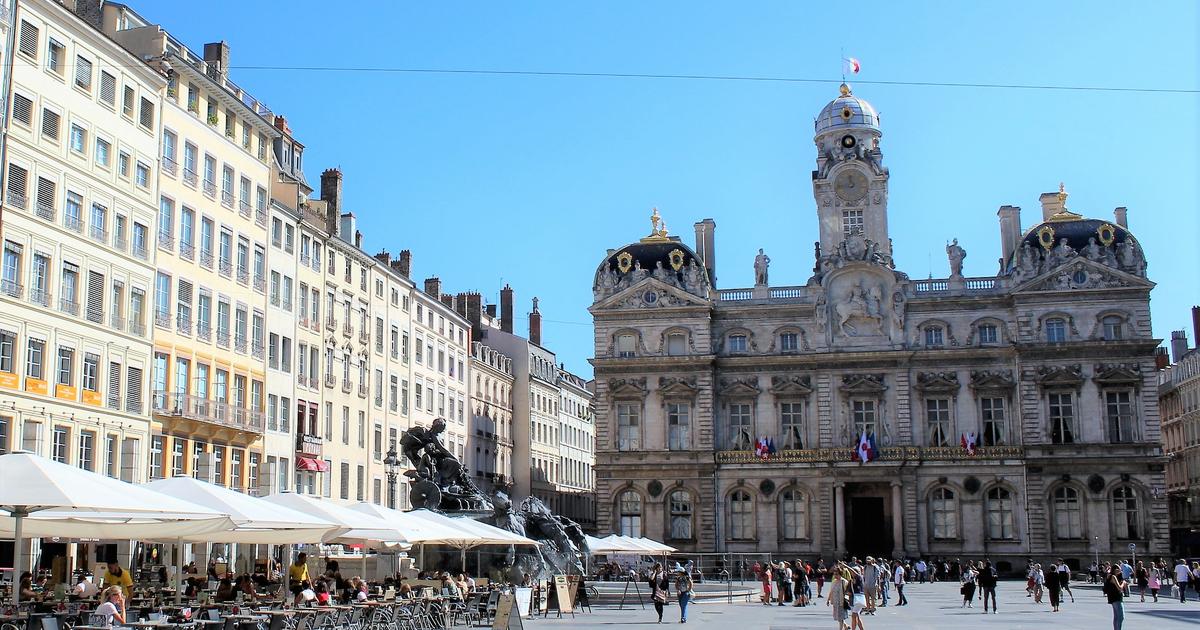The Marseillais, to qualify a person showing excessive devotion, speak of "mange-bon-Dieu" instead of the more commonly encountered "holy clam frog".
The term clam frog comes from the association between the frog, which generally lives near ponds, and people who attend masses and religious ceremonies who each time dip their fingertips in holy water before making the sign of cross.
Frogs need water points, could this be the reason why we preferred Marseille, where rainfall is rarer than in other regions, one expression to another?
"It's raining, it's wet, it's a frog party,"
the nursery rhyme tells us.
A carved frog in a stoup in Narbonne
There is a frog that does not run away when humans approach, it is the one that can be seen in the bottom of the stoup embedded in the right pillar when entering the church by the southern door of the collegiate church of Saint- Paul-Serge in Narbonne, sculpted frog popularized by the poet Frédéric Mistral.
What is she doing there?
The first legend claims that a frog wanting to join in the liturgical chant disturbed the office by its croaking, and that Saint Paul himself petrified it.
The first legend claims that a frog wanting to join in the liturgical chant disturbed the service by croaking, and that Saint Paul himself petrified it.
A second, reported by Claudine and Daniel Fabre (
Popular stories and tales from Languedoc
– 1978), is just as attractive:
“Paul-Serge, who probably came from Asia Minor in the 3rd century, was the first bishop of Narbonne. He had gone one day to evangelize at the edge of the pond of Bages. The fishermen instead of listening to him laughed at him and even wanted to throw him into the water. A young man then approached the saint and said to him, showing him a block of marble:
– Show us who you are, build yourself a boat and save yourself with it. Paul-Serge, without hesitation, carved out a boat which became so light that it began to float as soon as it touched the water. The saint embarked, but as he did not know how to sail, he remained on the spot without daring to reach the open sea.
The fishermen were laughing on the bank when suddenly a frog jumped into the boat.
"Here's your helmsman," she croaked, seizing the helm.
And she led Paul-Serge to the other side of the pond, where she landed in the cove since baptized cove of Saint-Paul-Serge.
Excerpt from
The most beautiful expressions of our regions
.
Find the entire book on our Figaro Store.











/cloudfront-eu-central-1.images.arcpublishing.com/prisa/KMEYMJKESBAZBE4MRBAM4TGHIQ.jpg)


/cloudfront-eu-central-1.images.arcpublishing.com/prisa/EXJQILQR5QI7OMVRTERD7AEZAU.jpg)
